To say that parenting—and breastfeeding—can be an experience is an understatement.
It’s a beautiful experience. A challenging experience. An emotional experience. A sometimes hilarious experience. Any kind of experience you can imagine, some parent has had it (and we’ve heard about it.)
No matter what kind of experience we’re talking about, questions abound.
While the internet makes it easier to access support, parents must often navigate a sea of conflicting information in the process. It’s easy to get lost in an endless search—only to still wind up wondering whether the advice you’re getting is evidence-based or appropriate to your specific situation.
To help you feel confident in your breastfeeding journey (without scrolling for hours), we’ve compiled articles that answer some of the most common questions asked by breastfeeding parents.
Evidence shows that parents who receive comprehensive prenatal education breastfeed longer and more successfully. This article guides soon-to-be parents through making a breastfeeding plan that reflects their goals and needs.
You and your partner have bought diapers, read The Happiest Baby on the Block, and toured your birthing facility. You’ve discussed names and parenting techniques. But are you prepared for the ins and outs of breastfeeding? A little preparation now will help your partner better support you throughout your breastfeeding journey.
How will you choose to feed your baby? For most new parents, the first answer that comes to their head is the question of breastfeeding versus formula feeding.
Your options aren’t so binary, though. This article explores the ins and outs of your baby's feeding options.
Getting acquainted with an International Board Certified Lactation Consultant (IBCLC) is a wonderful way to prepare for a supported, successful breastfeeding journey.
Don’t know where to start finding the right lactation consultant for you? Here are seven questions to guide you through the process.
Nearly 60% of soon-to-be parents have more than one baby registry online. On the popular registry, Babylist, the average list includes 121 items.
That’s a lot of gear for someone who hasn’t even shown up yet. While there are some products you need, the truth is, that the list of must-haves is much smaller than 121 items. This is especially true when it comes to feeding your newborn.
Achieving a goal is a great feeling, especially when that goal supports something as invaluable as your child’s well-being. This article walks parents through how to set achievable breastfeeding goals for their families.
When you learn how to breastfeed, you do more than learn how to latch. You learn how to speak a whole new language. We’re here to help you get up to speed on all the words you need to know to become fluent.
If you’re starting your breastfeeding journey, congratulations! You’re about to embark on a wild, wonderful experience. Let’s start with the basics.
Believe it or not, yoga, ballet, and breastfeeding all have something in common. To succeed at these activities, you must learn how to position your body safely, effectively, and comfortably. And, much like yoga or ballet, breastfeeding encompasses a wide range of “poses” or positions.
Latching is the process of securing your baby’s mouth around your nipple and areola to begin breastfeeding—and learning how to do it properly is key to successful breastfeeding.
Most breastfeeding parents supply enough milk for their babies, but there are some situations where parents struggle with over- or undersupply of milk. In both those cases, it can pose challenges for both mom and baby.
You don’t have to have given birth for both you and your child to benefit from breastfeeding. The process of lactation without pregnancy is called induced lactation, and it can help establish a breastfeeding relationship in families growing by means like adoption or surrogacy.
Every parent has been where you are right now: Full of love and full of questions. Soak up your new baby love—and let us answer your breastfeeding questions!
It takes some time to adjust following your child’s birth. What does that transition mean for new parents? Let’s take some of the guesswork out of it.
Are you in the thick of a feeding frenzy? If so, you’re in the right place. We’re digging deep into what causes cluster feeding—and how to make the process more comfortable.
The phrase “growth spurts” gets thrown around casually in parenting conversations. What does it mean for new parents? What does it mean when you’re breastfeeding through a growth spurt? We’ve got this answer in this article.
It can be bewildering when your baby—seemingly out of nowhere—stops breastfeeding. More than that, it can be scary if your baby is exclusively breastfeeding. The first thing on your mind: what is going on with your baby, and what can you do to help end a strike?
While some parents enter the breastfeeding relationship with a target end date in mind, others prefer to let their children lead the way when it comes to discontinuing breastfeeding. Either approach could be right for your family.
Being pregnant with a toddler presents unique challenges. With some careful strategizing—and enlisting some help—you can make it through to the finish line.
When you’ve got two little ones at home, you can double up on lots of things. Twice the wet wipes. Twice the bedtime stories. Twice the laundry. Twice the snuggles. And if you’re breastfeeding, it can mean twice the demand.
When a baby has a tongue tie, they have less mobility in their mouth. They also have a harder time getting a good latch. The question is: how can you tell if your baby has one or not?
Breastfeeding with inverted nipples isn’t so different from breastfeeding with everted (“normal”) nipples. That said, there are some steps you can take to support your success.
Pumping can play several roles in breastfeeding, from helping build supply to transitioning back to work. For many parents, it is the primary means of breastfeeding. How exactly does a pump work, though, and what do you need to know to get the most out of it? In this article, we explore everything you need to know about your breast pump.
reast milk is full of critical nutrients and antibodies made uniquely for your baby. It also has to be handled carefully. Here’s the lowdown on storing, thawing, warming, and serving your baby your pumped breast milk.
Whether you’re exclusively pumping or you’re pumping while you’re away from your baby or any other combo, there are many ways to build up a stash to meet your baby’s needs.
Bottle feeding can be a meaningful—and valid—part of breastfeeding. Want to get the most out of it? Try paced bottle feeding. This article explains how to get started and what an IBCLC can do to help.
As a new or expectant parent, you may know that taking certain medications isn’t recommended during pregnancy. What about after your baby is born, though? We demystify common misconceptions about what you can—and can’t—take.
Your breastfeeding journey was going great. You had your rhythm down, your baby was growing nicely along the curve, and you loved those bonding moments with your little one. But life’s thrown a curveball your way: You’ve gotten sick. What does this mean for breastfeeding?
When you’re a new parent, finding reliable sources of information can be hard. This is particularly true if you’re transgender or non-binary. If you’re a transgender, non-binary, or non-gestational parent with a goal to nurse your baby or provide human milk to them, the IBCLCs at Nest Collaborative are here to help.
Breastfeeding goals and career goals should be compatible, but the reality is that breastfeeding parents need—and deserve—robust support to achieve them in tandem. With the PUMP for Nursing Mothers Act of 2021, the burden of balancing breastfeeding with work is gradually lessening.
When you’re returning to work after having a baby and breastfeeding is part of your routine, you may be wondering how you can prepare to pump successfully for your little one. Look no further—we’ve got you covered.
Packing your baby’s lunch for daycare is different from packing a lunch for a grade-schooler or yourself. Learn how to plan for feeding your baby when you’re away from them.
What does weaning look like? Like other aspects of breastfeeding, it’s unique to each parent and baby. The one common factor is that parents deserve just as much support during weaning as they do during the beginning of breastfeeding.
When babies stop breastfeeding on their own, it’s known as self-weaning. While there are many anecdotes about babies who suddenly self-wean at 6 or 7 months, it typically doesn’t happen until children are over a year old.
Our blog is a trusted way to learn more about breastfeeding, but it’s no substitute for having your questions answered directly by an experienced IBCLC—especially if you or your baby are experiencing challenges with breastfeeding.
At Nest Collaborative, our unbiased, evidence-based, multilingual team increases access to lactation support by providing virtual appointments, offering flexible appointment windows, and even assisting patients with insurance billing.
Book a convenient online video appointment with a Nest Collaborative IBCLC today.
